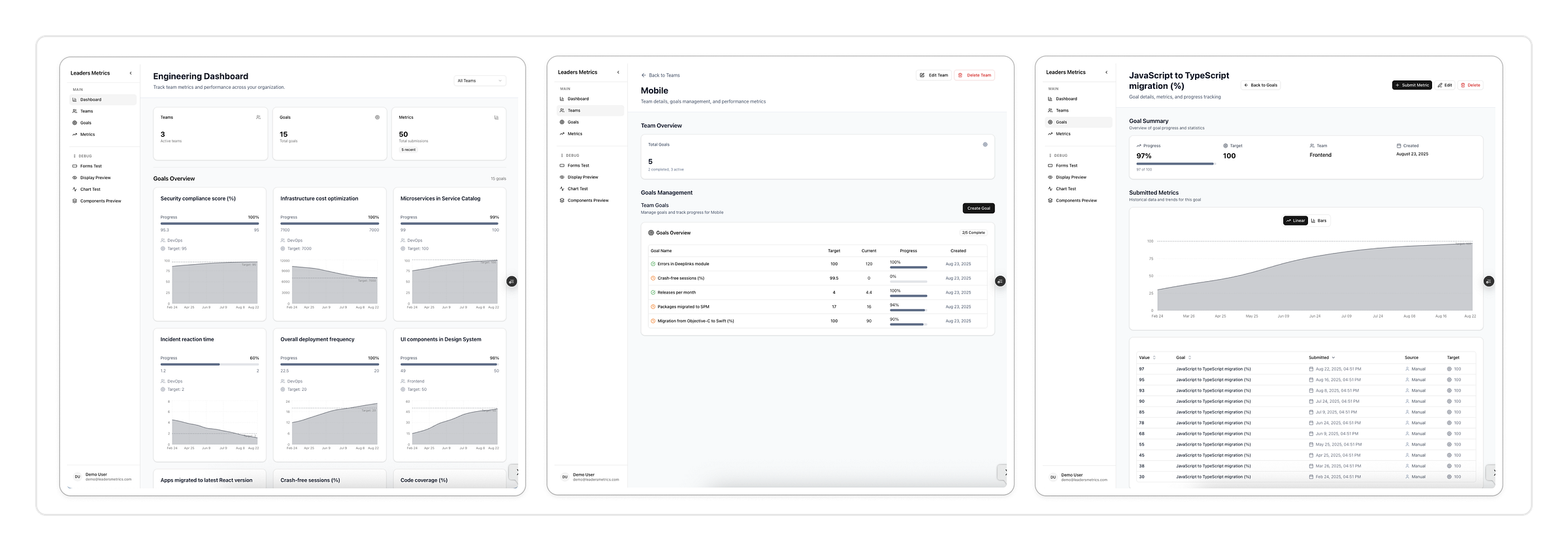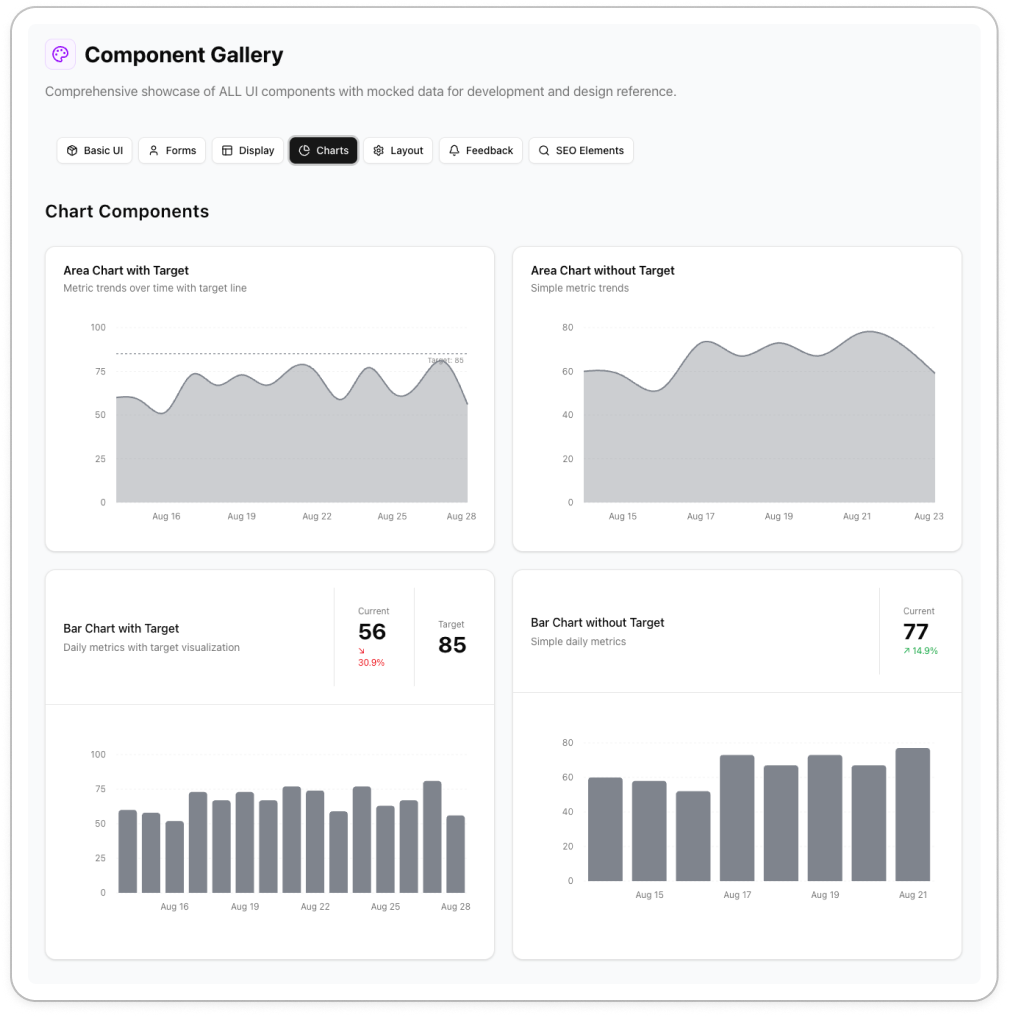Stop Reading About AI. Start Building With It
What I learned from going hands-on—and how you can do it too
AI is not a thought experiment anymore. It’s already reshaping how we build software — and as engineering leaders, we can’t afford to watch from the sidelines.
It’s been just a year since AI agents entered the mainstream, and already we have courses, vibe-coding books, best practices from Google, OpenAI, Anthropic—you name it.
The flood of content is endless — and yes, the FOMO is real (at least for me 😉).
Theory is useful, but nothing beats hands-on experience. So instead of just reading about it, I built an app with AI agents.
I Built an App for Engineering Leaders
I use LLMs almost every day to write code. But this time I wanted to go further—working as an operator, while a team of AI agents did the building.
The result? After ~20 days, spending 1–3 hours a day and about $20 in tokens, I shipped the MVP of leadersmetrics.com.
The app’s purpose is simple: track and visualize my goals.
At work, I measure everything - the number of deploys, crash-free ratio, services documented in the service catalog, components created in the design system, progress of language migration, deeplinking errors, incident reaction time, and many others.
Usually, I use Google Sheets or Google Looker Studio to capture and visualize that, but I wanted something faster, simpler, and visually appealing enough to screenshot for an All-Hands deck. Submissions can come from the UI (desktop or mobile) or via REST (from scripts and CI).

Built Fully by AI Agents
At the time of writing:
100k+ lines of code written 99% by AI agents
67 pull requests reviewed by another AI agent
25 major tasks shipped, many split into smaller feature branches
My role in the project was to:
Provide business requirements
Set standards and constraints
Establish checks and feedback loops
Review code and functionality
Accept or reject deployments
Think of it as supervising a junior team at high speed.
(Here you can find more conclusions from this journey: Lessons From Building With AI Agents: 120k Lines of Code Later)
MVP
From the user perspective, here’s what the app does today:
Create a team
Create goals for that team
Submit corresponding metrics via UI (desktop/mobile)
Submit metrics via REST (scripts, CI flows, etc.)
That’s enough to simplify my work. When going through my day, I can quickly log numbers I get during 1:1s, from data sources, or even random slide decks.
For example:
One engineering leader announced on Slack that 154 services are now onboarded to the service catalog.
A software engineer shared that we added another 3 components to our design system this week.
My automatic scripts fetched the latest Copilot usage stats, and now 55 engineers use AI tools at least once a week
Each of these numbers now finds its place in the Leader's Metric app, where I can submit them within seconds when running between meetings.
Tech Stack and Standards
Why not just use Lovable or Base44 to spin this up in minutes? Because my goal was to build an MVP with few compromises—well-structured, documented, and ready for future development.
Here’s what the AI agents and I delivered in ~3 weeks:
FullStack Next.js app with backend/frontend separation
Reusable React components (charts, cards, navigation, dashboard)
Dedicated UI preview routes with mocked data
Mobile and desktop viewports
REST API with OpenAPI docs (from Zod schemas)
DB schema, migrations, and seeding
Auth with Google and GitHub
Demo account with regenerated data every 24h
Unit tests (~30% coverage) and API integration tests
All lint checks passing
CI/CD covering build, lint, tests, coverage, security, and DB deploy
Documentation: README, architecture, C4 diagram, workflow guides
This wasn’t a throwaway prototype—it’s a solid base.
The entire article and related content are available only for paid subscribers. I’m covering: Development Process, Flow of Work, Challenges, and more.
You can use the training budget (here’s a slide for your HR).
Thanks for supporting Practical Engineering Management!



